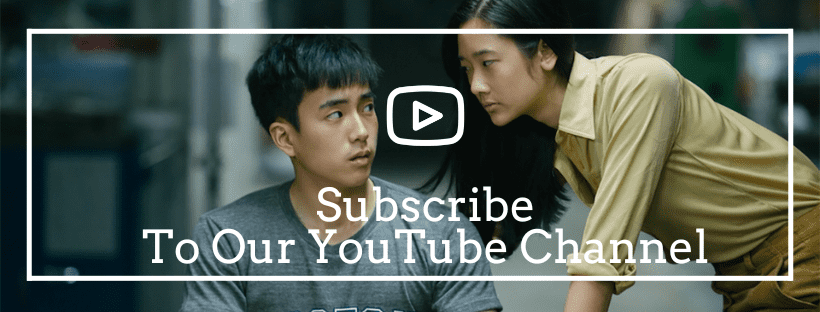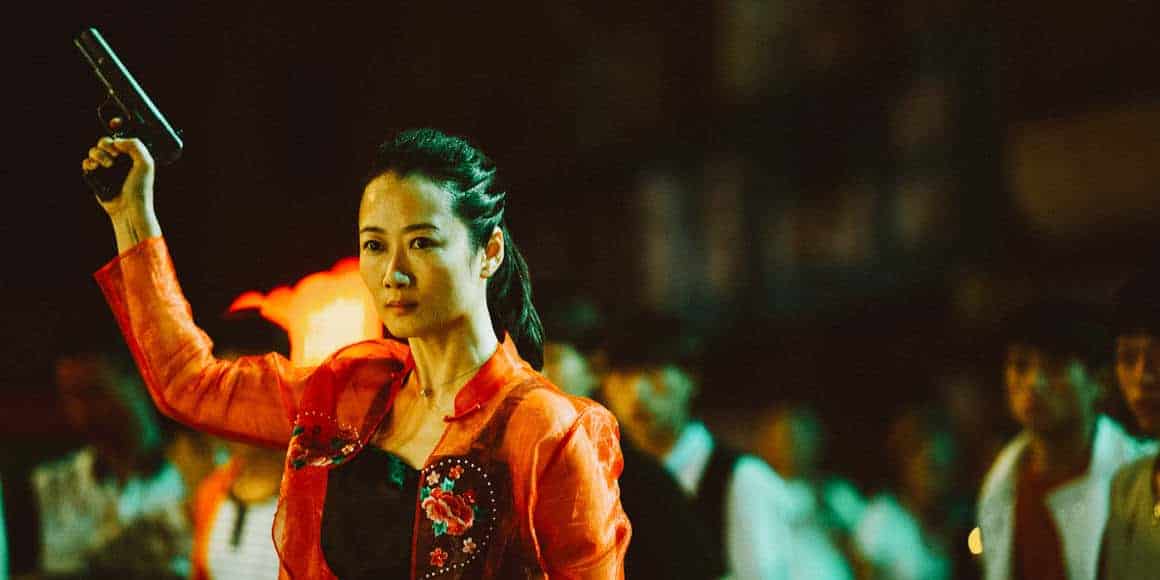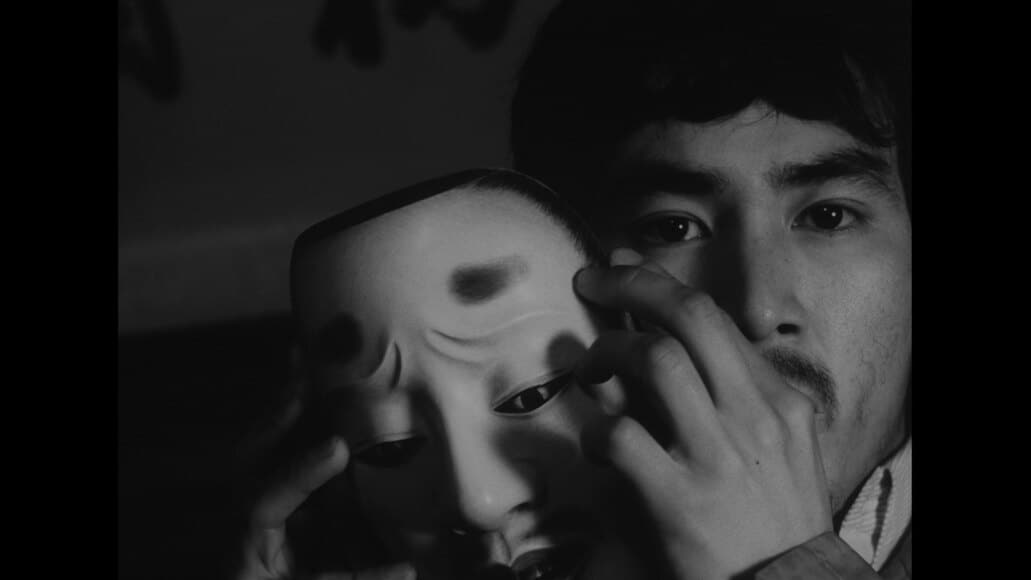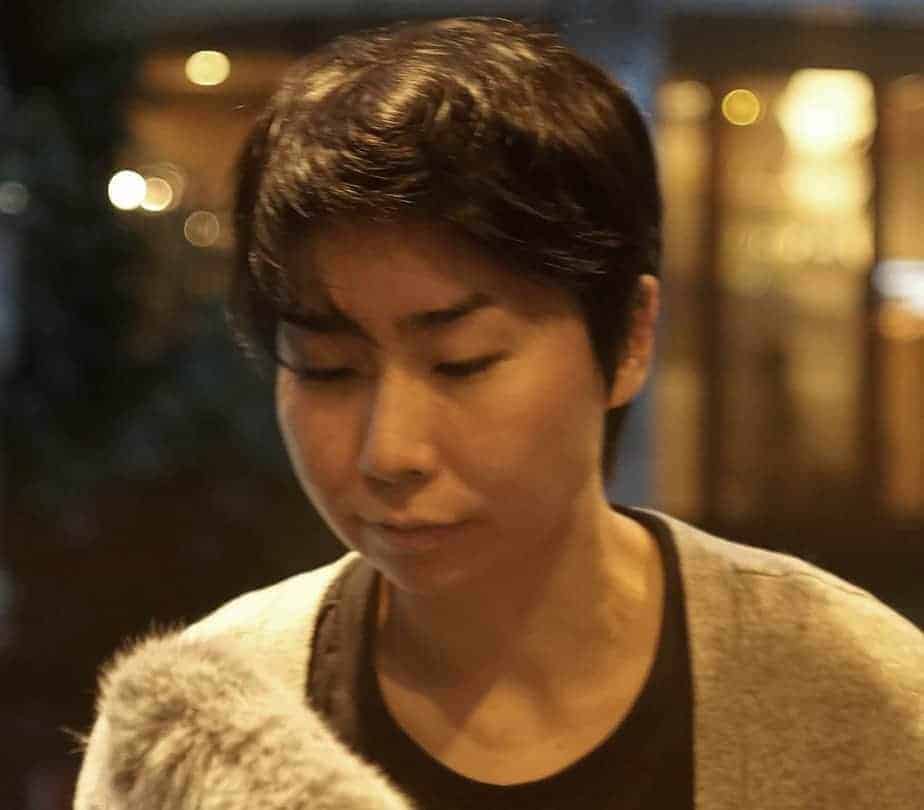10. Moshari (Nuhash Humayun, Bangladesh)

The messages Nuhash Humayun presents in his 22 minute short are many and quite eloquently portrayed, despite the fact that they are mostly communicated through metaphor. There is an ecological message that seems to state that the water issues that have been tormenting Bangladesh will eventually have an impact in the rest of the planet, and particularly the First World, whose countries seems to ignore the issue. At the same time, the director seems to also state that people from countries that have gotten used to live without much, will probably be more able to survive than the luxury-obsessesed citizens of the rich countries. (Panos Kotzathanasis)
9. Zalava (Arsalan Amiri, Iran)
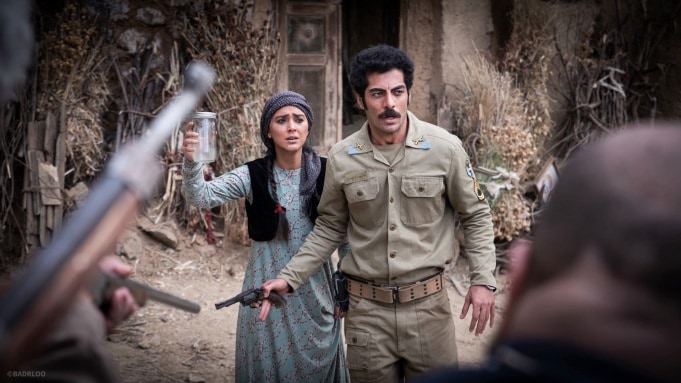
Arsalan Amiri bases his whole narrative on the questions mentioned above, with the reply regarding if the movie will turn into a supernatural horror (thus meaning the locals are right) or continue as a social drama regarding the blights of disidemony (thus meaning the sergeant is right) carrying the movie almost to the end. His approach is quite realistic, with the concept of the bottle highlighting the fact, essentially provoking his audience to pose the questions to themselves: “Do you believe in magic? Would you open the bottle?”. This approach is both intriguing and entertaining, while inducing the movie with a sense of agony that also adds to the two aforementioned traits. (Panos Kotzathanasis)
8. The Wastetown (Ahmad Bahrami, Iran)
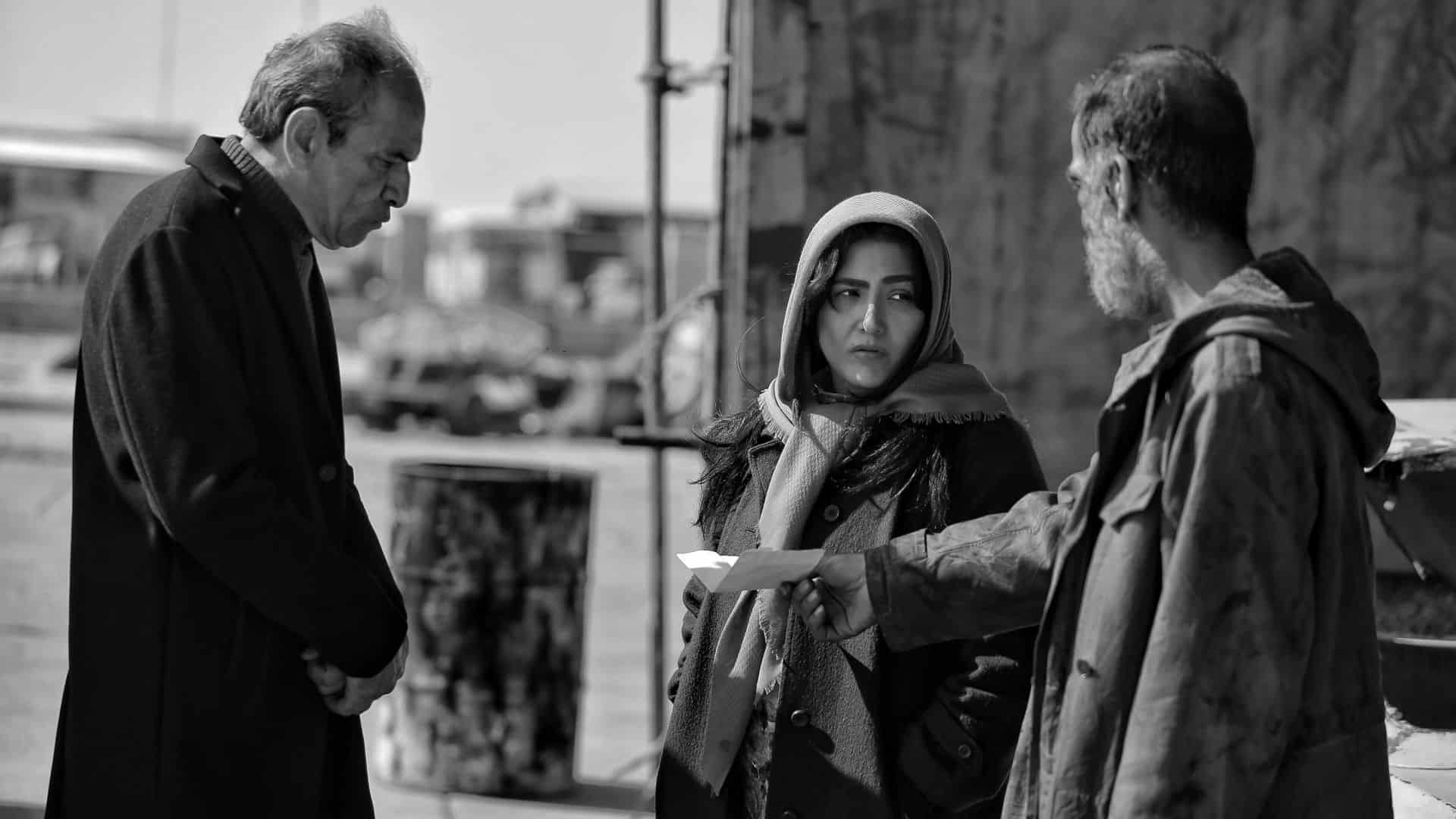
Bahrami uses a number of betweenliners to express the emotional complexity of his lead's hardships. The words hang in the air, a hint or two is thrown at us, just enough not to reveal too much. Plotwise, everything is clear as day. Now out, Bemani seeks her son who was taken away from her in prison at the age of two. She knows only one address, and only one person who would maybe want to help her. At the same time, she knows that her quest is condemned to fail which is why she can not afford to show weakness, especially not to men who decide about her son's life. A child is ‘sold', he has ‘a better life', and she can ‘have other children' is something she gets to hear and finally, there is only one road to take. (Marina D. Richter)
7. Joyland (Saim Sadiq, Pakistan)
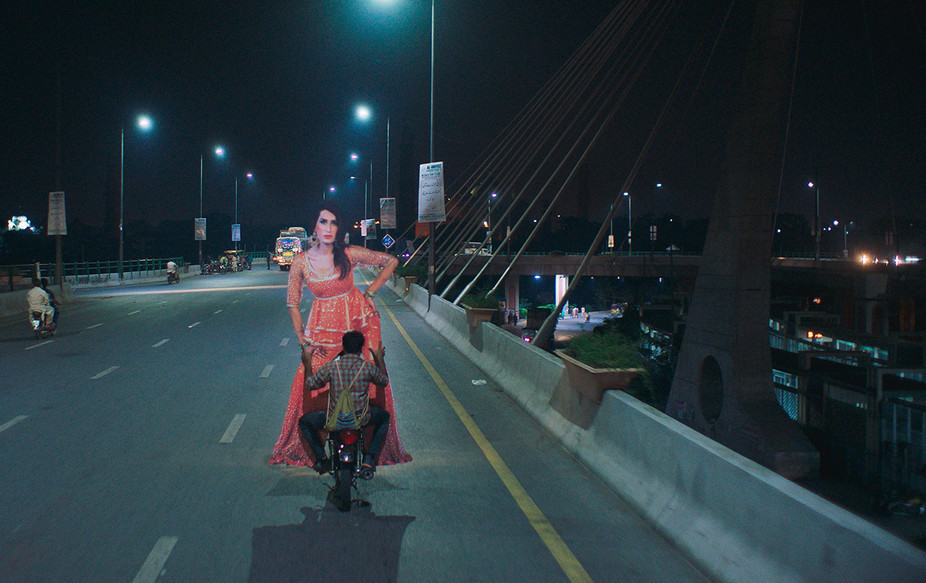
Although the story revolves around Haider and his discovery of the world he wasn't aware of until he unexpectedly stepped into it, the film bravely explores many aspects of the Pakistani society through a chain of events happening in one family. Sadiq shows everyday life in tiniest details, paying attention to the untold, through observant shots from afar. But in the case of the burgeoning love between Haider and Biba, close-ups serve to put more accent on the body language and the supressed sexual tension that slowly transforms into a relationship that none of them can deal with the way they would want to. (Marina D. Richter)
6. Ademoka (Adilkhan Yerzhanov, Kazakhstan)
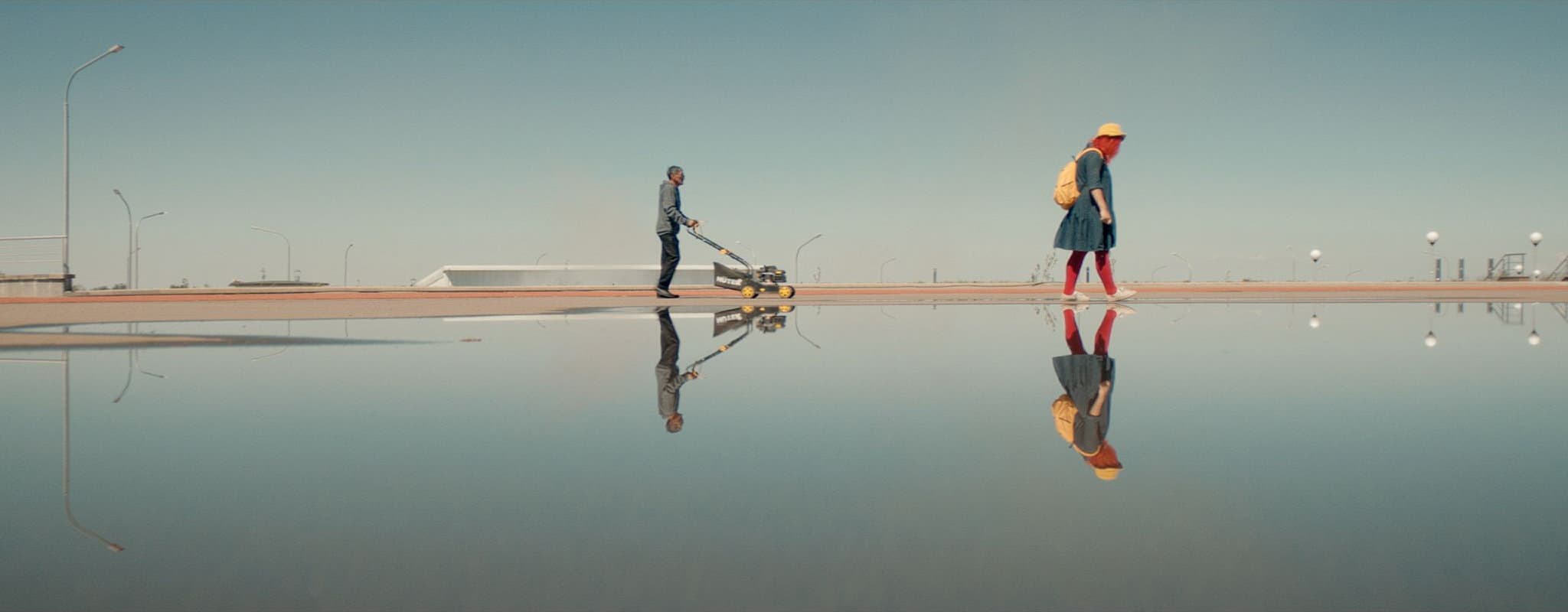
Through his intense minimalism, which this time also becomes part of the narrative, particularly in the way the various sets are created, Yerzhanov seems to mock his country in a truly astonishing number of ways, although Kazakhstan is not where he stops. The way the authorities function, from border police to local politicians to the mafia to the educational system are all mocked here in the most pointed, but at the same time hilarious ways. One just has to witness the way the “school for the gifted” functions in all of its levels to realize the level of context here, with the scene where Ahab and the successful, flashy, constantly smiling professor of computer science and English being one of the most memorable, and funny, in the whole film. (Panos Kotzathanasis)
5. Holy Spider (Ali Abbasi, Iran)
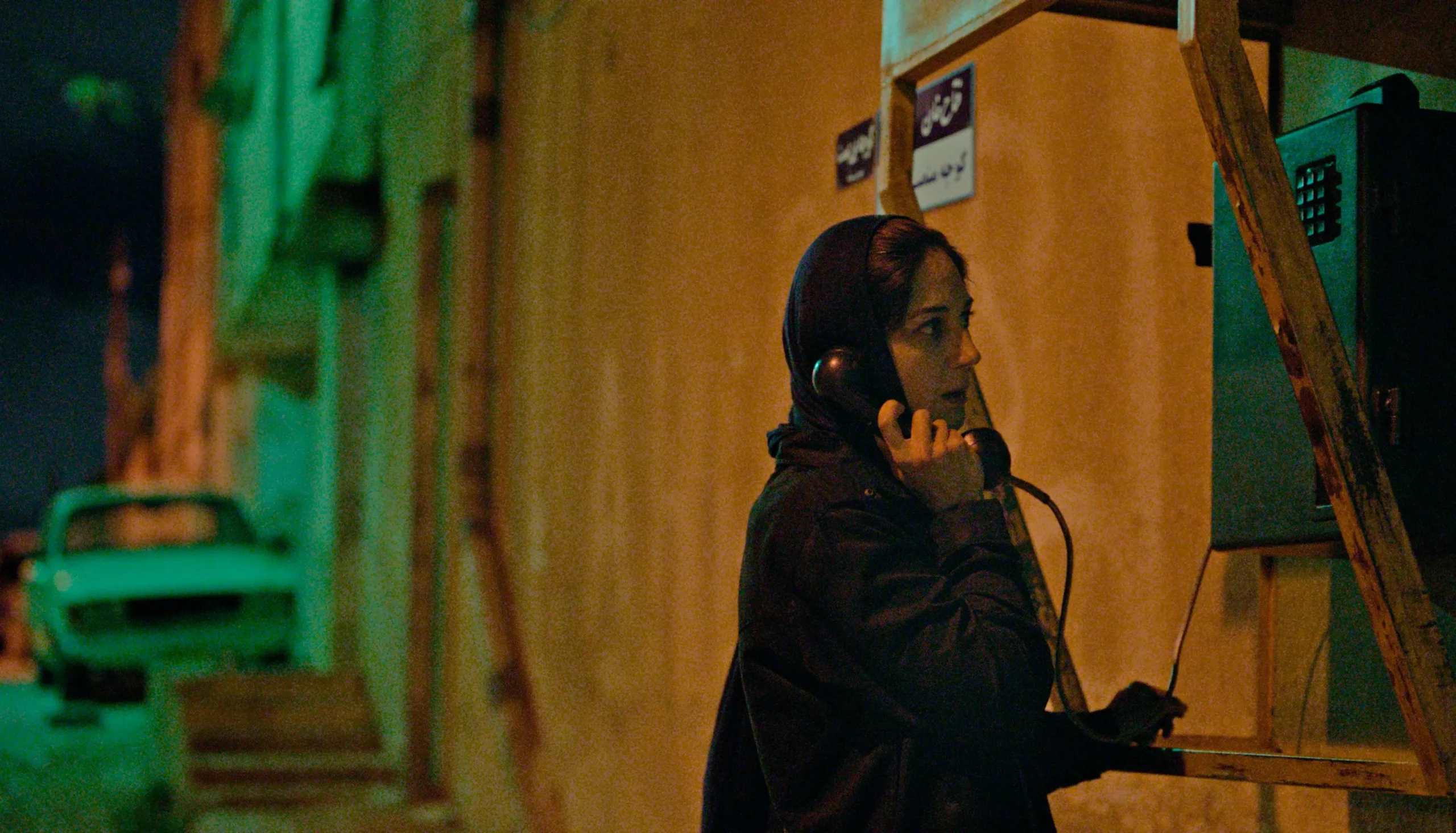
The film is about the rise and fall of the Iranian serial killer Saeed Hanaei (played by Mehdi Bajestani) who brutaly murdered 16 prostitutes in the holy city of Mashhad between 2000-2001 and who – instead of being publicly condemned for his bestiality, found huge following across the country (although later executed for his crimes). Since it contains several elements that are regarded as taboo by the Iranian censors – prostitution, drug abuse and depiction of sex – the film had to be shot in its entirety in Amman, Jordan. Abbasi's motive to make a film about Hanaei came from his urge to tackle the topic of the deeply rooted misogynism in his homeland. His portrait of women pushed into prostitution, even if they are never long enough on the screen to dominate it, is heartbreakingly honest and full of empathy. Dark, rusty photography by Nadim Carlsen, the cinematographer who was also responsible for the impressive look of “Border” (and Isabella Eklöf's “Holiday”) presents the milieu of those left out to themselves in true, uncompromised colors, and the whole cast – from extras to the leads, excels in their roles. (Marina Richter)
4. Hanging Gardens (Ahmed Yassin Al Daradji, Iraq)
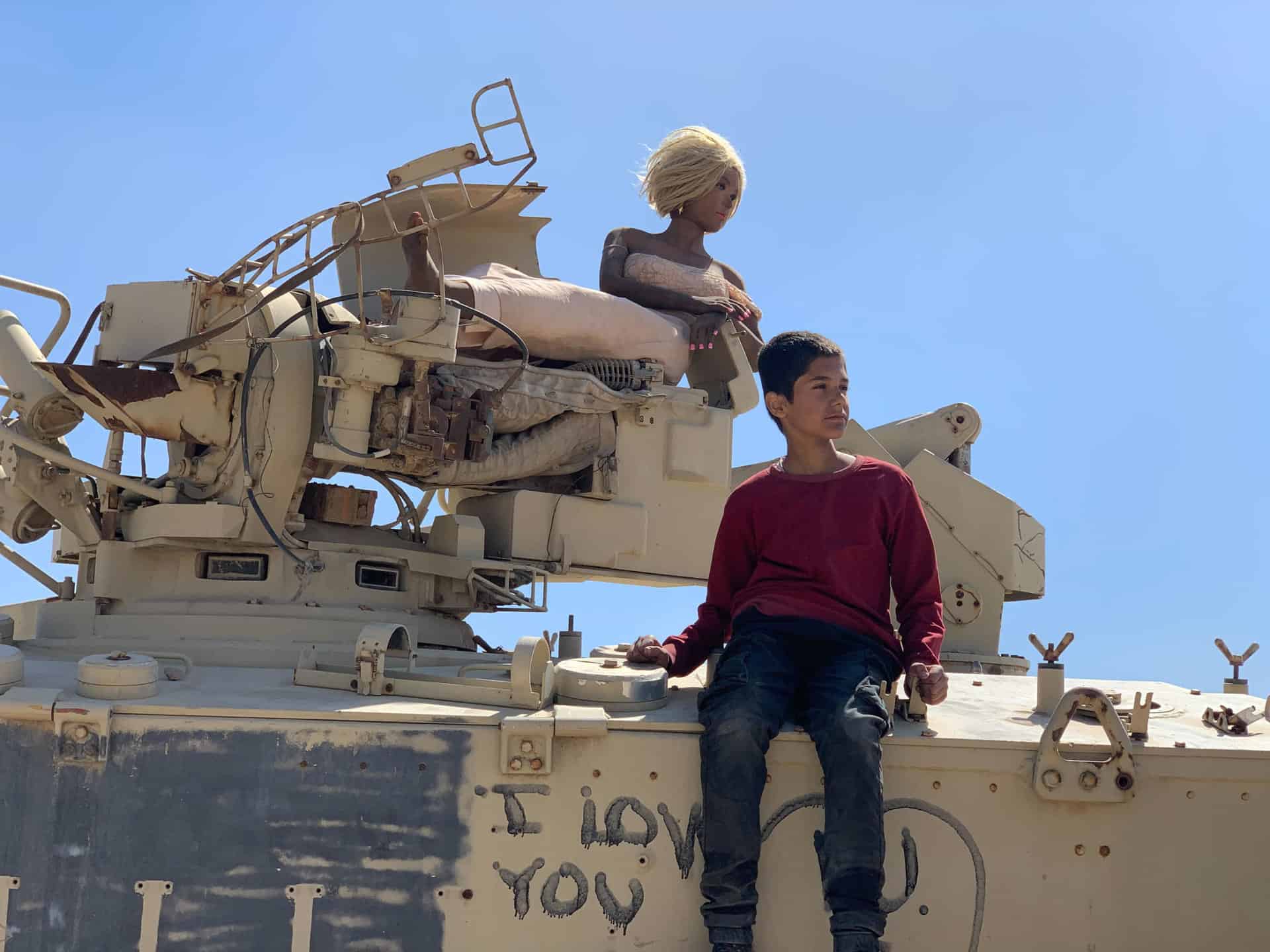
Ahmed Yassin Al Daradji creates a film that retains an excellent balance between a coming-of-age movie and a commentary about life in present Iraq, all the while entertaining his audience through both humor and drama. Evidently, the concept of the two young ‘pimps' of a sex doll is what sets the story apart through its uniqueness, but this is just the top of the iceberg of a rather layered narrative that “hides” many of its comments inside its details. (Panos Kotzathanasis)
3. No Ground Beneath the Feet (Mohammad Rabby Mridha, Bangladesh)
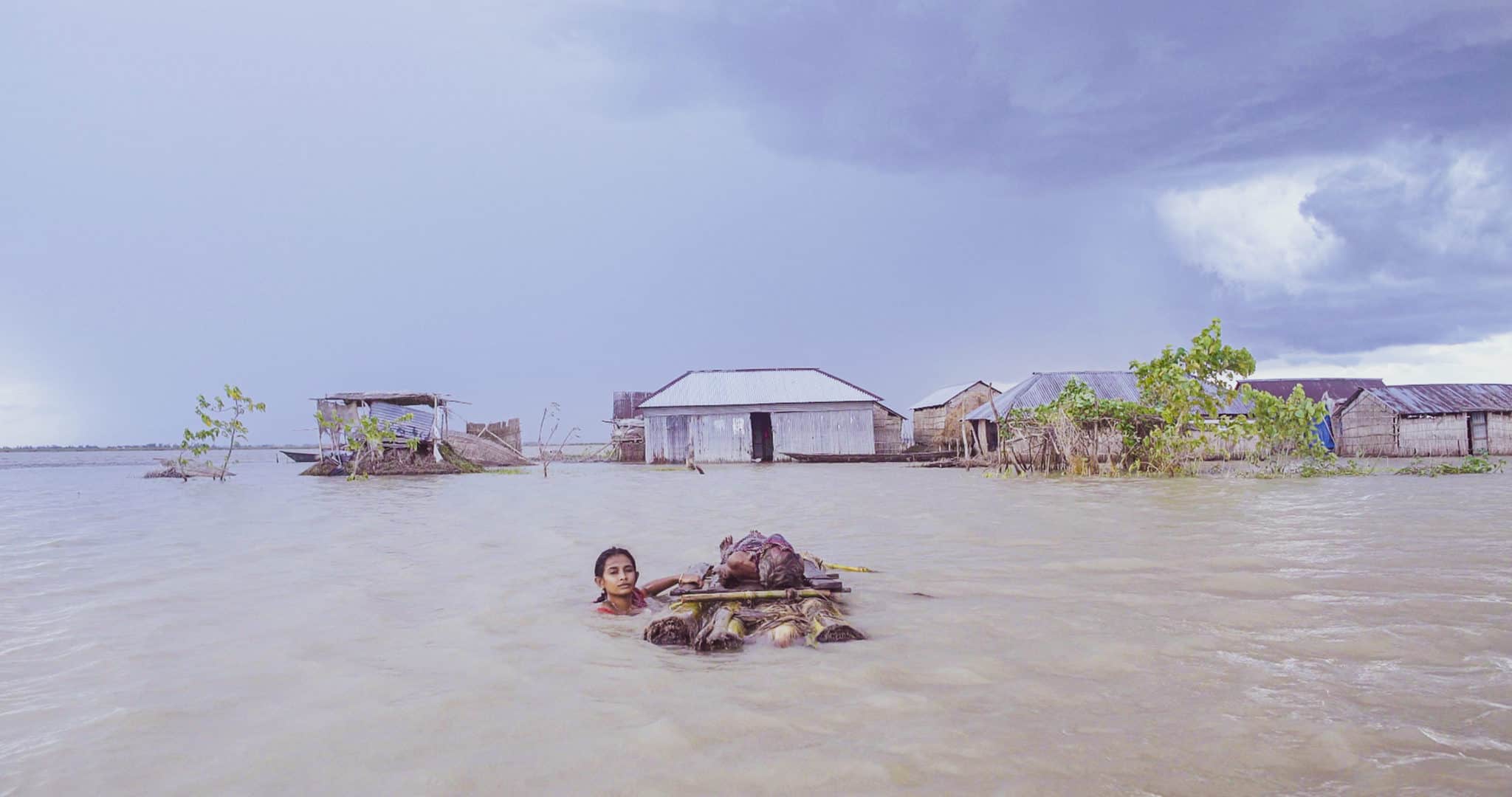
Mohammad Rabby Mridha manages to direct a film that, despite its documentary-like realism about current conditions in Bangladesh, manages to unfold as a psychological thriller/drama, particularly as violence becomes a more significant aspect of the narrative as the story progresses. Through this approach, he succeeds in showing how dire the situation is in the country nowadays, since the constantly rising level of the sea has been the cause of intense internal migration towards Dhaka, to a point that the city cannot sustain it any more. This comment is the most evident in the film, as we see both Saiful in the city and his family back in his birthplace, struggling significantly even for their basic needs. (Panos Kotzathanasis)
2. Dirty Difficult Dangerous (Wissam Charaf, Lebanon)
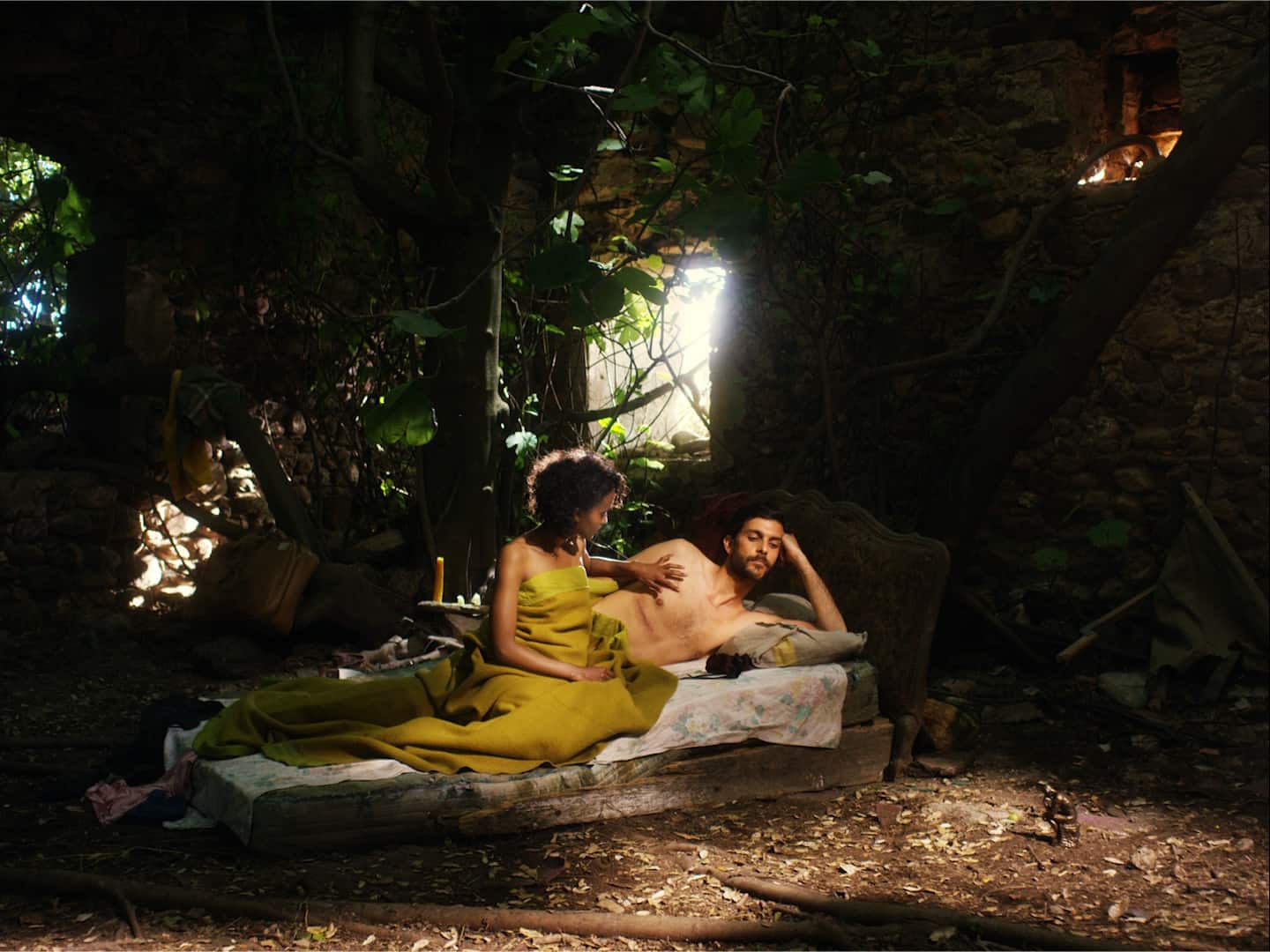
Wissam Charaf manages a truly difficult feat with his film: to present two rather serious issues, the refugees and how the system with domestic helpers from abroad works, through an approach that is occasionally hilarious, without, though, stripping the subjects from their significance nor hiding the despair both involve. The ways he achieves this vary. The story of both protagonists is obviously dramatic, with Charaf pulling no punches in showing how impossible their lives are and how suffocating the particular environments usually are. Love presents a hope, and a kind of solace for the two, but in no way is it presented as a solution or the means towards salvation, as things just get worse even as the two manage to come closer. (Panos Kotzathanasis)
1. Burning Days (Emin Alper, Turkey)

Emin Alper directs a very stylized film, which unfolds in neo-noir, neo-western paths, while thriving on the atmosphere of disorientation and tension that permeates the narrative. The main mediums of this approach are actually two. The first one is the many one-on-ones Emre shares with Murat and Sahin, with the first showcasing a sense of mystery, since the journalist's purpose with Emre is a mystery from the first time they meet, and the second exhibiting a sense of danger, as the two function as two wild beasts circling each other, ready to attack but also weary of each other. (Panos Kotzathanasis)



